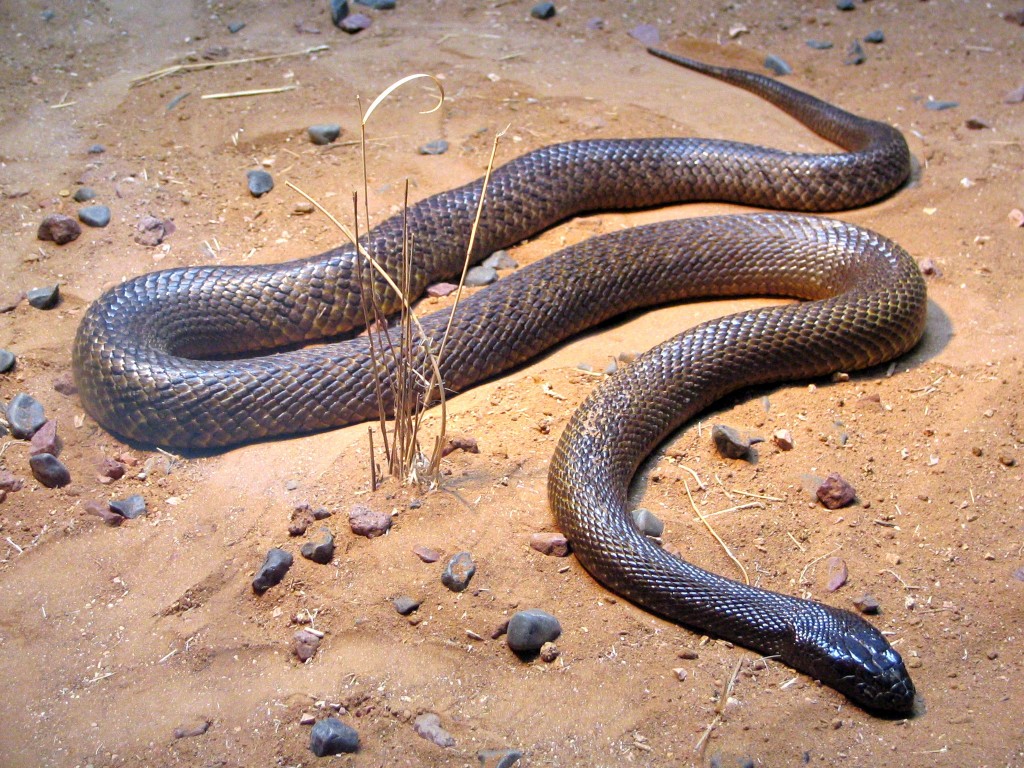Firstly, if you don’t know whether a snake is poisonous or not, treat ALL of them as if they were. It’s better to be more careful. Avoid places where snakes like to be, e.g. rocks, deadwood, old lianas etc.
How do you actually recognize poisonous serpents? There are several indications, but they aren’t completely valid. Triangular head shapes are indicative of poisonous snakes, because such a silhouette helps injecting the poison easier. However, there are other species that are poisonous but have an oval head (e.g. vipers). Neck shields, however, always refer to poisonous serpents, for example on the Cobra, which is a very dangerous and poisonous snake.
Loud rattling when they appear also indicates that they are poisonous. This applies for example to the rattlesnake. Bright colors often indicate a poisonous coral snake, which is imitated by the less dangerous or nontoxic cobra-coral. If you’re unsure, remember the German idiom: “Blut am Dotter, Killerotter, Blut an Kohle, dir zum Wohle”; which literally means: “Blood on yolk, viper, Blood on coal, for your good”. This implies that red rings on yellow ones stands for poisonousness and red rings on black ones rather indicate harmless species. Moreover, some of the poisonous snakes have small wrinkles between eyes and nares, where heat sensors are located (e.g. pit vipers).
Image source: http://de.wikipedia.org/wiki/Giftschlange





